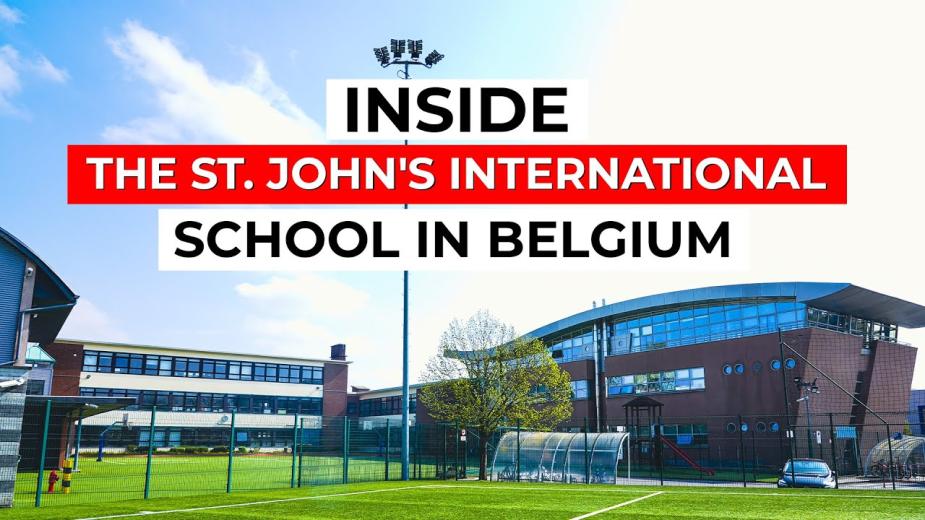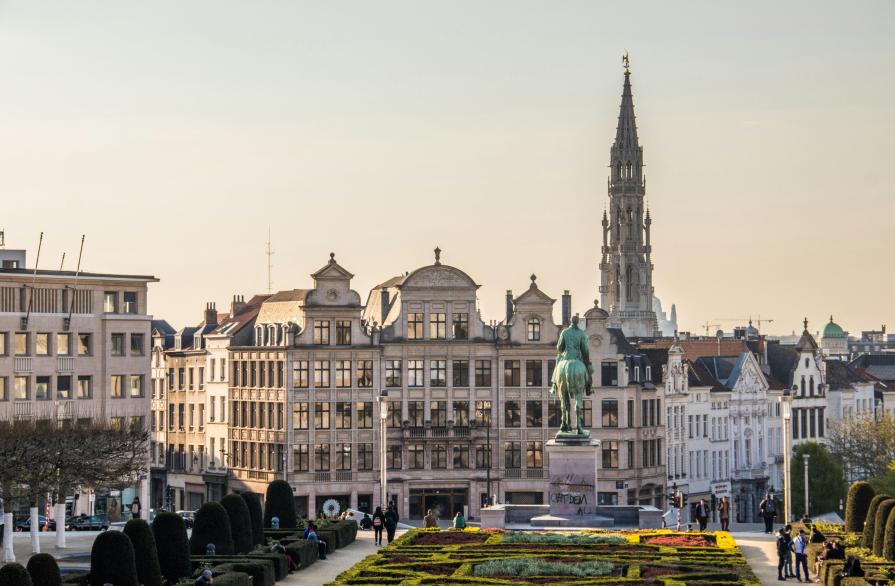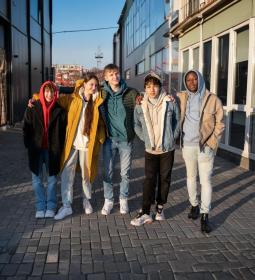Belgium is a small but curious country in the heart of Europe. Combining multiple influences and cultural heritage, it has formed into a unique country that has inscribed itself in world history. Why did world history like Belgium?

Homeland of the Smurfs

Belgium is often referred to as the comic book capital, and this is no coincidence, as it is here that legendary characters such as Tintin and the Smurfs were born. In Brussels, you can find more than 50 graffiti paintings on the walls of houses, reflecting scenes from famous comics, and a special Comics Museum in Brussels tells about the rich history of this genre and its outstanding artists.
The Diamond of Europe
Antwerp is considered the diamond capital of the world and has long been known as the center of the diamond trade. More than 80% of the world's rough diamonds and 50% of the world's rough diamonds pass through Antwerp, millions of dollars change hands in the famous diamond market, where transactions are handled with the highest degree of accuracy and trust. A deal in Antwerp is essentially a guarantee of quality for any decent stone.
Influence of cultures

Belgium is a multilingual country with three official languages: Dutch, French, and German. The inhabitants of Flanders speak Dutch, the inhabitants of Wallonia speak French, and the inhabitants of the small German-speaking community in Eastern Belgium speak German. This diversity of languages reflects the cultural and historical complexity of the country.
Invention of the saxophone
Adolphe Sax, a Belgian inventor, gave the world the saxophone, which has become an important part of jazz orchestras and classical music around the world. Originally from Dinant, a town on the banks of the Meuse River, Sax was able to change the musical world of the XIX century forever. Without a saxophone, for example, it is very difficult to imagine jazz!
World-renowned cuisine

Belgium is famous for its cuisine. Many people love the famous Belgian waffles, which are served with a variety of fillings and sauces. Belgium is the birthplace of French fries (here they are traditionally served in cones), and traditional Belgian beer has more than 800 varieties.
Land of Castles
Belgium has the largest number of castles per square meter in the world, and each one has its own unique story! From majestic medieval fortresses to exquisite Renaissance palaces, each castle serves as a living monument to history and culture.
The smallest city in the world

Located in the province of Luxembourg, Durbuys holds the title of the smallest town in the world: this amazing place attracts its guests with narrow cobblestone streets, medieval houses and flowering gardens.
First Belgian Nobel Peace Prize laureate
Henri Lafontaine was the first Belgian to receive the Nobel Peace Prize: in 1913, La Fontaine was awarded this prestigious award for exceptional services in the field of international arbitration and pacifism. He played an important role in the creation of the International Peace Bureau and actively promoted the ideas of peace and justice.
Belgian "zebra"

On the roads around the world, you can see a zebra crossing, and this system was first used in Belgium in order to improve pedestrian safety. The white stripes ensured the visibility of crossings, which significantly reduced the number of traffic accidents. Now this simple but effective element of road markings has become an integral part of the infrastructure of the whole world.
Chocolate Capital of the World

Brussels Airport is not only one of the busiest airports in Europe, but also the world's largest chocolate selling destination! Every year, a huge amount of this delicacy is sold within its walls, which tourists take with them as a souvenir. Chocolate boutiques located at the airport offer products from well-known Belgian manufacturers: Neuhaus, Godiva and Leonidas.














